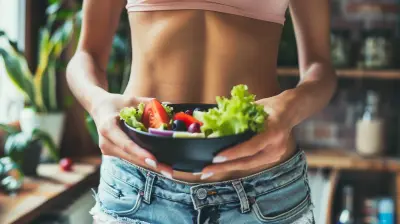Nutrition Labels 101: How to Read Them for Weight Loss
18 August 2025
Let’s be honest—nutrition labels can feel like a puzzle wrapped in a maze sprinkled with a bit of math. If you’ve ever squinted at the back of a cereal box trying to figure out what “% Daily Value” even means or whether 10 grams of sugar is a lot, you’re not alone. But here’s the good news: once you know what to look for, those labels become a secret weapon in your weight loss journey.
In this guide, we're breaking down everything you need to know about nutrition labels in a way that actually makes sense. Whether you're just starting to eat healthier or you’ve been at it for a while, understanding how to read labels can make all the difference.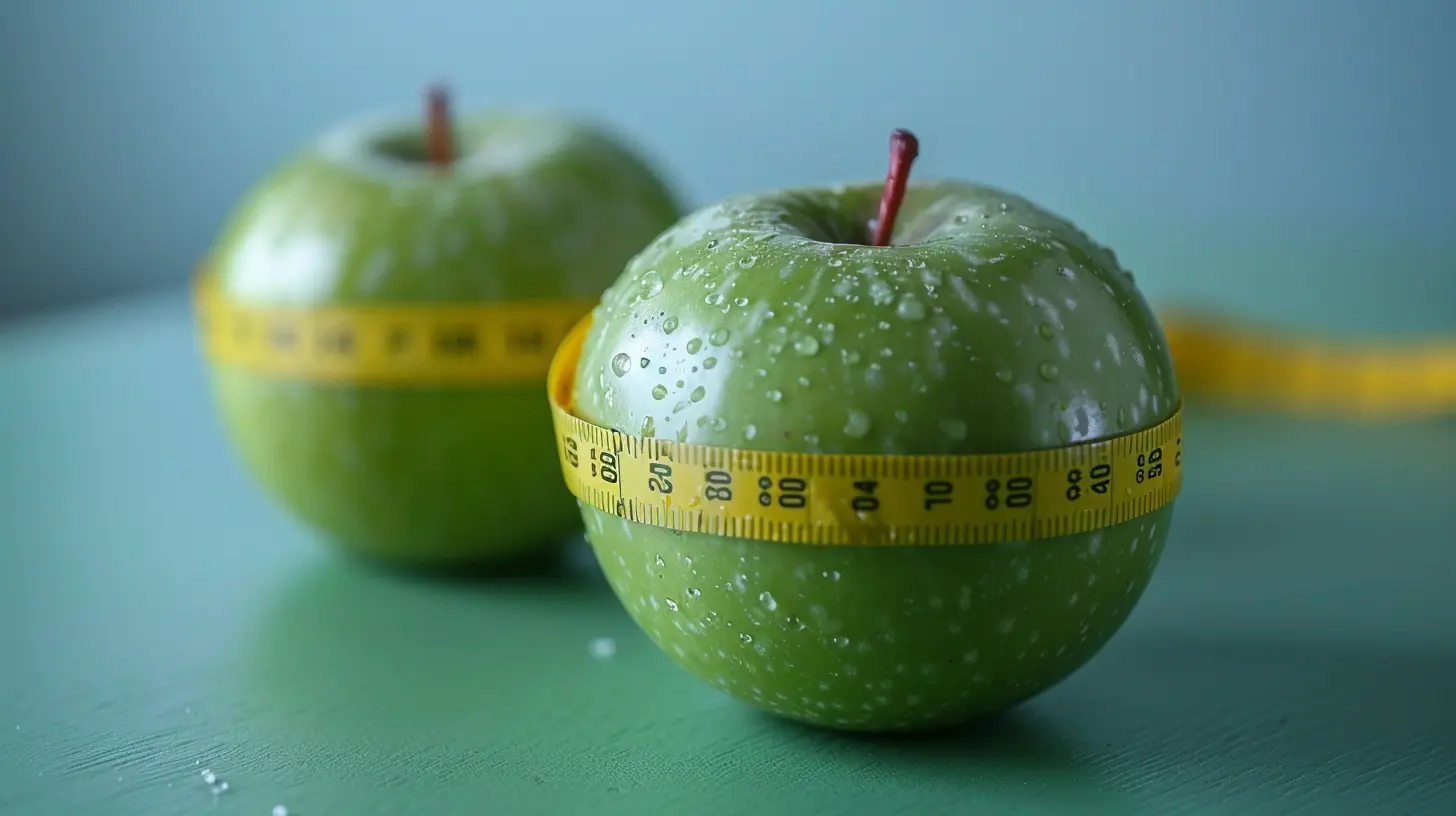
Why Bother Reading Nutrition Labels?
Let’s kick things off with a simple question: why should you even care about reading nutrition labels?Well, if you're trying to lose weight, you can't just guess your way through meals. Labels tell you what’s really in your food. Not what the packaging wants you to think is in there (looking at you, "all-natural" snacks), but the cold, hard facts.
They help you:
- Keep track of your calorie intake
- Spot sneaky added sugars or fats
- Compare foods side by side
- Make healthier choices without second-guessing
So yeah, they’re kind of a big deal.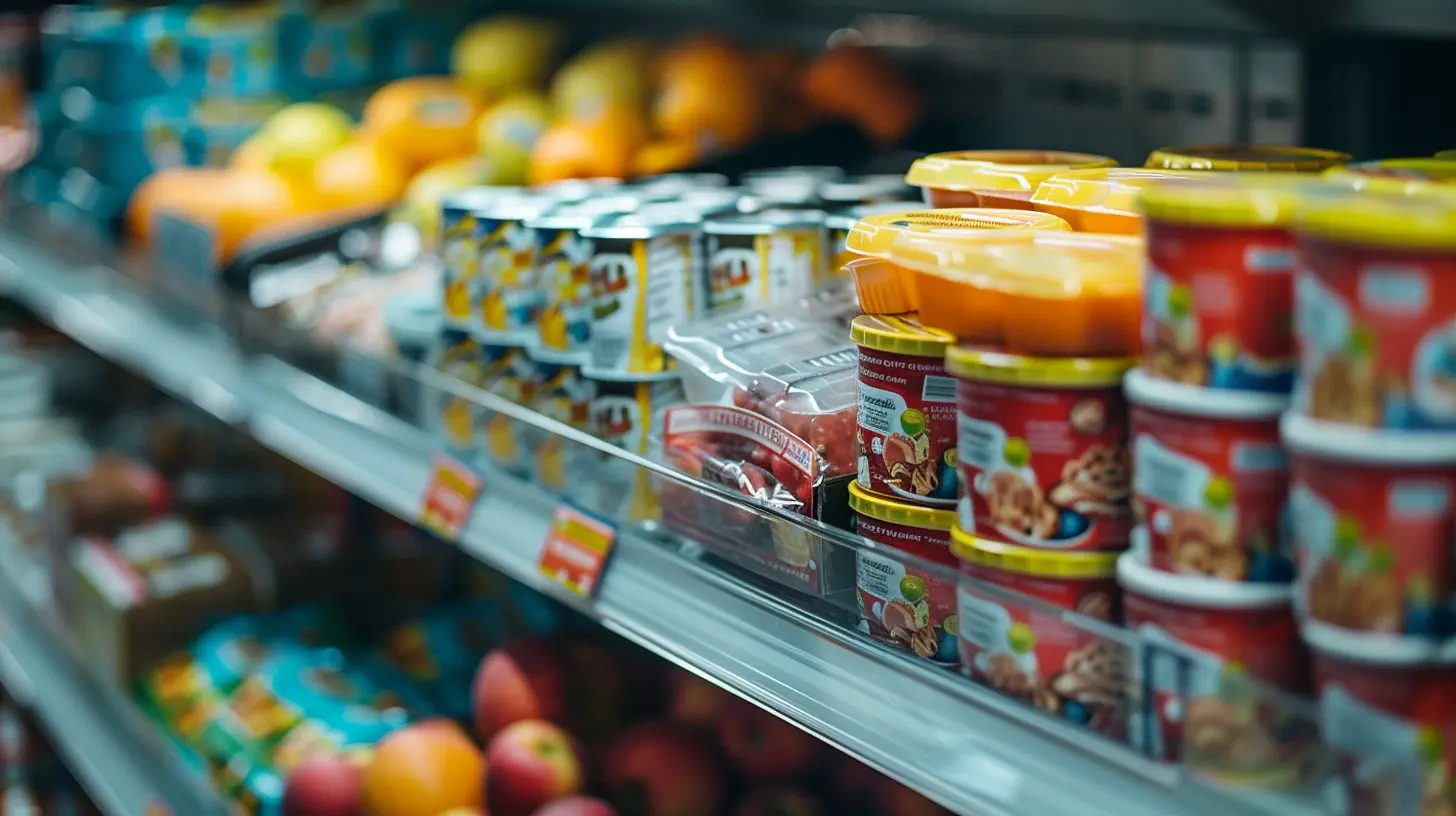
The Layout: What’s on a Nutrition Label?
Ever feel like there's a ton of info squeezed into that tiny box? You're not imagining it. Here's what you'll usually find:- Serving size and servings per container
- Calories
- Macronutrients (fat, carbs, protein)
- Micronutrients (vitamins and minerals)
- % Daily Value (%DV)
Let’s break this down piece by piece.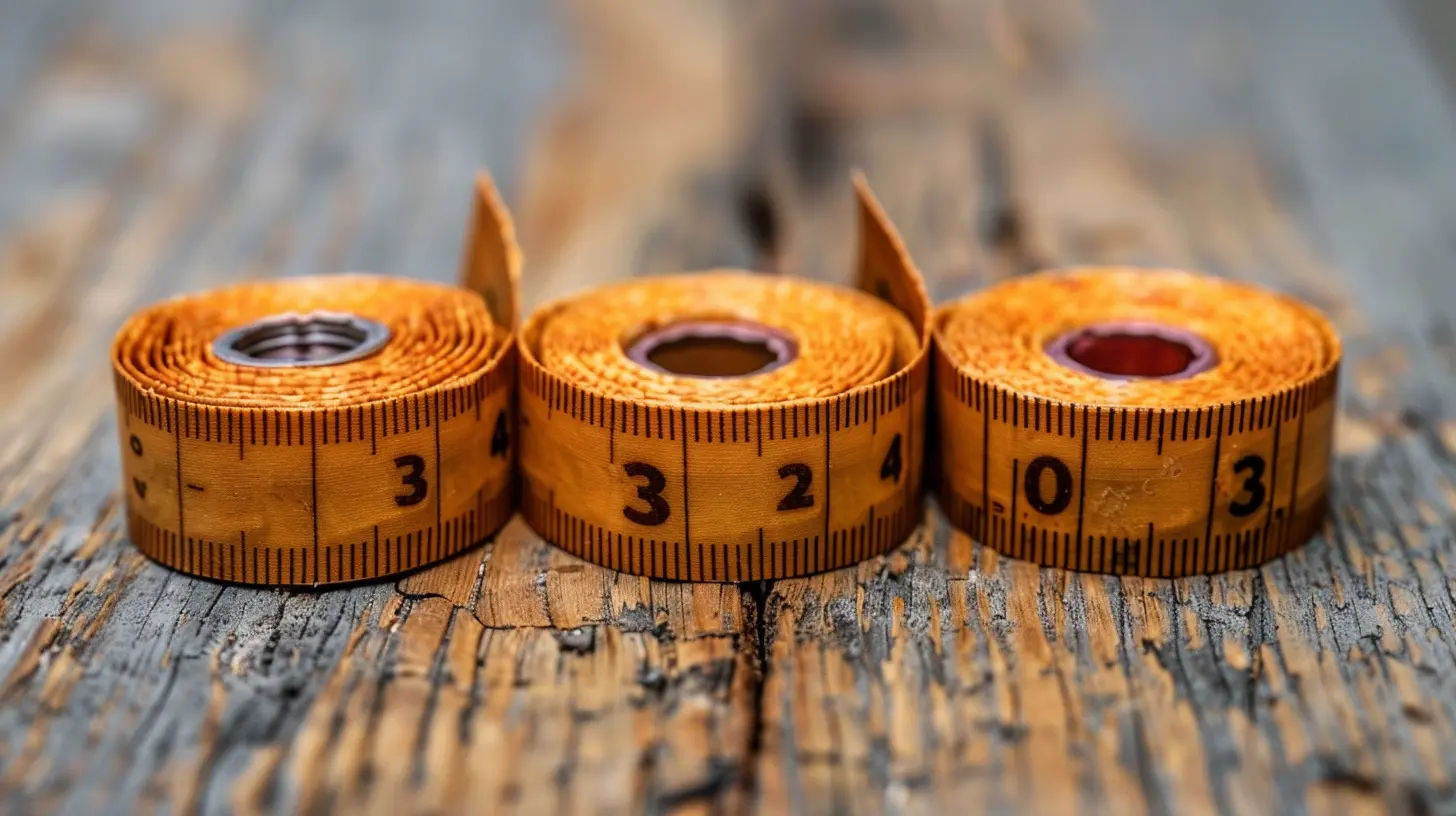
Serving Size: The Starting Line
This is where it all begins. At the very top of the label, you’ll see the serving size—and this number is crucial.You might look at a label and think, “Hey, this snack only has 150 calories!” But hold up—how many servings are in the package? If there are two, and you eat the whole thing, you just had 300 calories.
Here’s the trick: Always multiply the numbers on the label by how many servings you actually eat. It’s like reading the fine print before signing a contract.
💡 Pro Tip: Measure your portions at first. Your “scoop” of peanut butter may be more like two servings than one. (We've all been there.)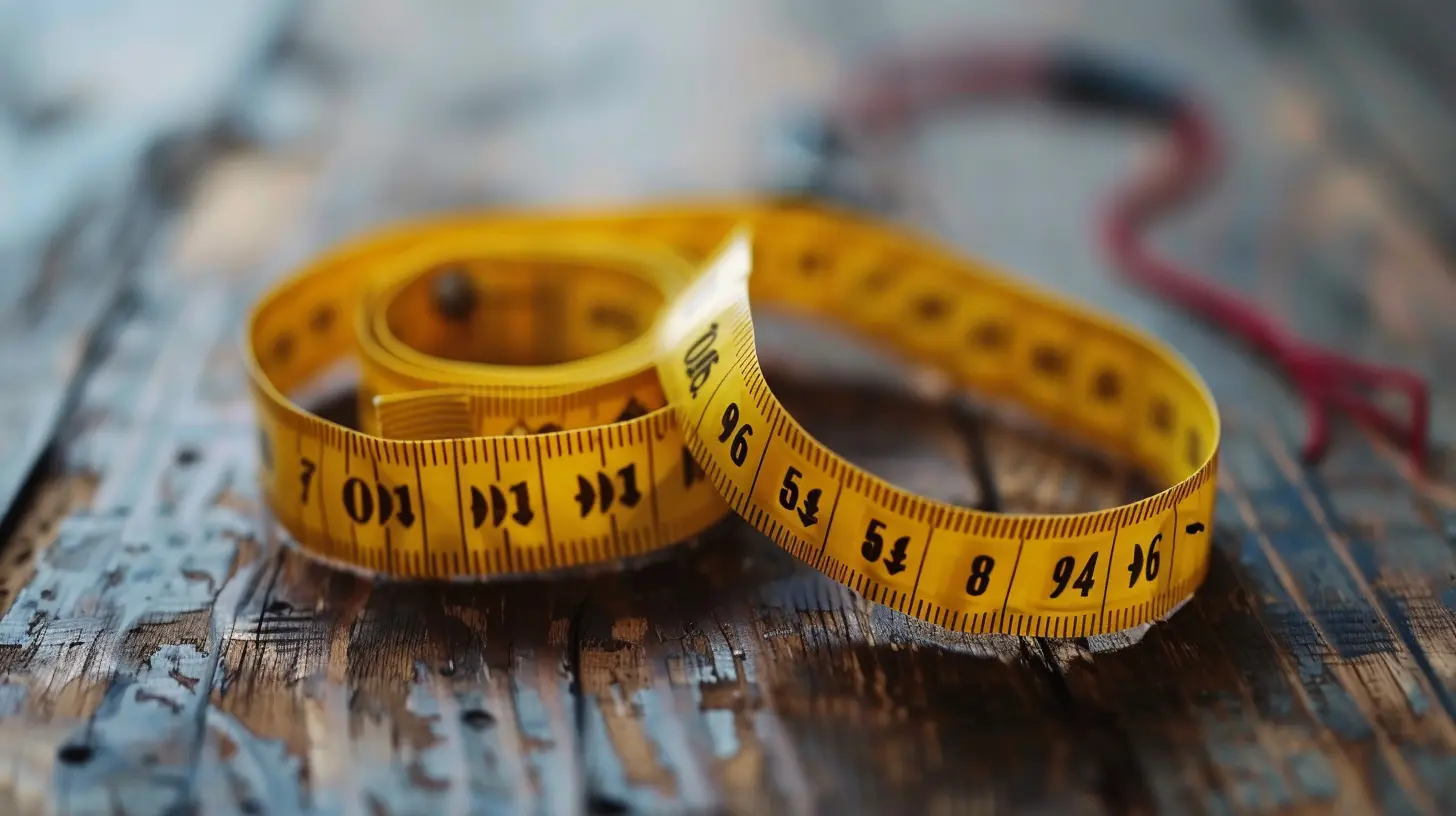
Calories: The Weight Loss Currency
If you’re trying to lose weight, calories are your currency. You need to spend them wisely.So what are calories anyway? In simple terms, they’re units of energy. Eat more than you burn, you gain weight. Eat less than you burn, you lose weight. Simple math, but easier said than done.
But here’s where things get tricky: not all calories are created equal. 200 calories of broccoli is not the same as 200 calories of candy in terms of nutrition or how full you'll feel after.
Still, calorie count gives you a good baseline. And for weight loss? It’s the one number on the label you absolutely don’t want to ignore.
Macronutrients: The Big Three
These guys make up the bulk of your calories—literally. Let’s take a closer look.1. Fat
Yeah, fat gets a bad rap, but it’s actually essential for your body. It helps you absorb nutrients, keeps your skin healthy, and gives you long-lasting energy.But too much, or the wrong kind? That’s where problems happen.
- Saturated Fat: Try to limit this. It can raise bad cholesterol.
- Trans Fat: Avoid it like the plague. It’s been linked to heart disease.
- Unsaturated Fats: The good kind. Found in nuts, olive oil, and avocado.
💡 Keep fat in check, especially if you're trying to cut calories. But don’t be afraid of it—just choose wisely.
2. Carbohydrates
Ah, carbs. The misunderstood middle child of nutrition.Carbs give you energy. But the source matters—a lot.
On the label, look for:
- Total Carbohydrates: Includes all types of carbs
- Dietary Fiber: Good for digestion, helps you feel full
- Total Sugars: Includes both natural and added sugars
- Added Sugars: Watch out! These add empty calories fast
If you’re trying to lose weight, focusing on whole grains and fiber-rich options can help you stay satisfied and avoid calorie crashes.
3. Protein
Think of protein as your weight loss buddy. It helps build muscle, repairs tissues, and keeps you full longer than carbs or fat.If you’re cutting calories, more protein can help protect your muscles and prevent you from feeling like you're starving all the time.
💡 Aim for foods with a decent protein punch, especially at breakfast and lunch. It’ll help you avoid those 3 p.m. snack attacks.
% Daily Value: Helpful or Hype?
You know that column on the right side of the label? The one that shows percentages? That’s the % Daily Value.It tells you how much a nutrient in a serving contributes to your daily total, based on a 2,000-calorie diet.
Here's how to use it:
- 5% or less = Low
- 20% or more = High
Use this to your advantage. For example:
- Want to cut sodium? Look for items with <5% DV.
- Need more fiber? Go for >20% DV.
It’s like a built-in cheat sheet for deciding if a food is nutrient-rich or just empty calories.
Ingredients: Where the Truth Hides
Sometimes the label can seem okay until you scroll down to the ingredients list. That’s where the real story is told.A few things to look out for:
- Ingredients are listed in order of quantity. If “sugar” is #1, well…
- Watch out for hidden names of sugar: high-fructose corn syrup, cane juice, maltodextrin, etc.
- Fewer ingredients often mean less processing. That’s usually a good thing.
Take a second to read this part. It can save you from falling for sneaky “health” foods.
Common Label Traps
Let’s be real—food marketers are clever. They know what words make us feel warm and fuzzy. But don’t let them fool you.Here are a few red flags:
“Low-Fat”
Sounds healthy, right? But these products often add sugar to make up for the flavor.“Sugar-Free”
May contain artificial sweeteners—check if that’s something you’re okay with.“Multigrain”
Doesn’t mean whole grain. Look for “100% whole grain” if you want the real deal.“Organic”
While it may mean fewer chemicals, organic cookies are still…well, cookies.Label Reading in Real Life
Alright, let’s put this into practice. You're in the grocery store choosing between two jars of peanut butter.- Jar A: 190 calories, 16g fat, 3g sugar, 8g protein
- Jar B: 200 calories, 12g fat, 5g sugar, 6g protein
Which one’s better?
It depends on your goals. Want more protein and less sugar? Jar A might be better—even if the calories and fat are a tick higher.
Reading labels isn't just about numbers—it's about understanding the overall nutritional value.
Tools to Make It Easier
Not into doing math on the fly? I get it. Here are some tools to keep it simple:- MyFitnessPal or Cronometer: Apps to scan barcodes and log your food
- Portion-control containers: Help you stick to serving sizes
- Grocery store magnifying glass (kidding… sort of)
A little help goes a long way, especially when you’re just starting out.
Final Thoughts: It’s About Progress, Not Perfection
Learning how to read nutrition labels isn’t about obsessing over every single number. It’s about becoming more aware of what you’re putting in your body. And when it comes to weight loss, awareness is half the battle.Don’t stress over being perfect. Small changes, like swapping a sugary snack for a higher-protein one or choosing whole grain bread, add up. So the next time you're staring at a nutrition label, you'll be armed with the knowledge to make the best choice for YOU.
You’ve got this—one label at a time.
all images in this post were generated using AI tools
Category:
Weight LossAuthor:

Laurie Barlow
Discussion
rate this article
1 comments
Jamie Warner
This article provides essential insights on understanding nutrition labels, making it easier to make informed food choices for weight loss. By highlighting key components like serving size, calories, and nutrients, readers can take control of their dietary habits effectively. Great resource!
September 11, 2025 at 3:27 AM

Laurie Barlow
Thank you for your kind words! I'm glad you found the article helpful for making informed food choices.


